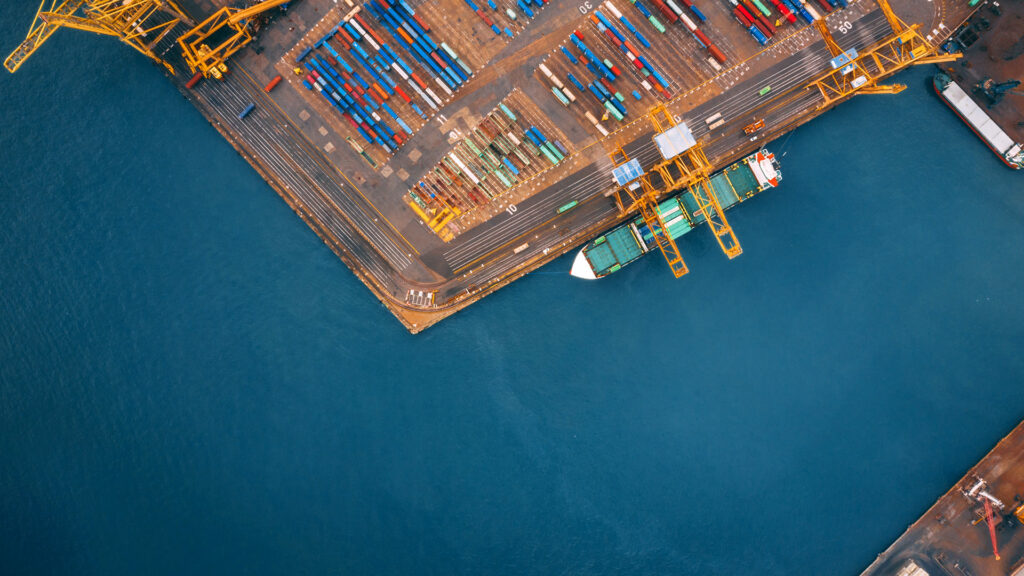
Extension of the French continental shelf, November 2015
On 25 September, France adopted four decrees redefining the external limits of the French continental shelf, with a gain of 579,000 km2 in surface area off the coast of Martinique and Guadeloupe, New Caledonia, French Guiana and the Kerguelen Islands. France, which already controls the second largest Exclusive Economic Zone worldwide, with 11.03 million km2, just behind the USA with 11.35 million km2, and before Australia with 8.15 million km2, intends to increase its submarine domain by 1 million km2.
In accordance with article 76 of the United Nations Montego Bay Convention on the Law of the Sea1, any State is entitled to extend its control beyond the 200 miles (370 km) from the limit of its exclusive economic zone to a maximum of 350 miles (650 km), if it demonstrates that the seabed is connected to the continental shelf. It must be noted that, unlike the exclusive economic zone, the extension does not concern the water column in itself and consequently fishing activities, but only the soil and the subsoil.
Since 2003, France has invested €25 million notably in sophisticated geological researches concerning the continental shelf so as to demonstrate that that the seabed is connected to the continental shelf for the requested areas.
In 2007, France introduced the first applications before the Commission on the Limits of the Continental Shelf (CLCS) a specific agency of the United Nations, which have rendered to date positive recommendations on four requested areas: Martinique and Guadeloupe (8,000 km2), New Caledonia (76,000 km2), Guyana (72,000 km2), and the Kerguelen Islands (423,000 km2). However, so as to implement such recommendations of the CLCS, national implementations were still necessary. By enacting the requested decrees, France secures those zones and obtains recognition of its sovereignty on them.
An investment for the future
The areas under French sovereignty are potentially rich in hydrocarbons and rare earths (polymetallic nodules) which are at the very heart of the French maritime expansion policy. France now has accrued sovereign rights to exploit the soil and subsoil natural resources. The French Government expects that the costs of research may be recovered by potential special taxation on the selected extracting companies.
However, according to the Institut Français de Recherche pour l’Exploitation de la Mer (Ifremer), in some of the new areas evidence of the resources (particularly oil) is poorly documented, notably the Kerguelen Islands zone. Other areas, like French Guiana, have been explored and appear, from a geological point of view, to be more promising.
If oil fields are found, then it must be noted that in some of the areas the sea is more than 3,000 meters deep, and the distance to the coast is considerable. As a result there would be a huge economic and technological challenge to obtain the oil.
Future expansion perspectives
The French submarine domain may continue to grow in the future: four other extension demands have been introduced before the CLCS by the French authorities concerning notably:
- The Crozet archipelago and the Prince Edward Islands, in the south Indian Ocean, jointly submitted with South Africa.
- Around the La Réunion Island.
- The Saint Paul and Amsterdam Island in the Indian Ocean.
- Around Wallis-et-Futuna and French Polynesia in the Pacific Ocean.
If all the extension demands submitted by France were accepted, the French continental shelf could gain a total of 1 million km2 including the augmentation of 25 September 2015.
However, two of the pending extension demands are or may be affected by maritime boundaries issues:
- Saint-Pierre-et-Miquelon
The extension application concerning Saint-Pierre-et-Miquelon, in the north Atlantic Ocean, is currently subject to a disagreement between France and Canada. Canada contests French rights in this zone.
Indeed, the maritime boundary between France and Canada has already been a source of dispute in the past, because of the Saint-Pierre-et-Miquelon Excusive Economic Zone delimitation, which has been subject to an arbitral decision rendered the 10 June 1992.
France and Canada disagree on the impact of arbitral decision dated 1992 rendered on the specific question of the Excusive Economic Zone delimitation as regards to the extension of the French continental shelf.
Therefore the question is for the moment blocked as the CLCS refuses to consider and qualify a submission in cases where a land or maritime dispute exists2. - Bay of Biscay (Golfe de Gascogne)
Concerning the Bay of Biscay (Golfe de Gascogne) the CLCS already authorized an extension of 80,000 km2. The demand has been obtained jointly by France, the United Kingdom, Ireland and Spain.
However, an international agreement must be found for the division of the area among the four countries, before the extension can be implemented in French law. The major deadlock appears to be the difficulty of France and Spain reaching an agreement acceptable to both countries.
Footnotes
- 10 December 1982
- 1 Rules of Procedure of the Commission on the Limits of the Continental Shelf, Annex I, Paragraph I
Download a PDF version of ‘Extension of the French continental shelf, November 2015’











